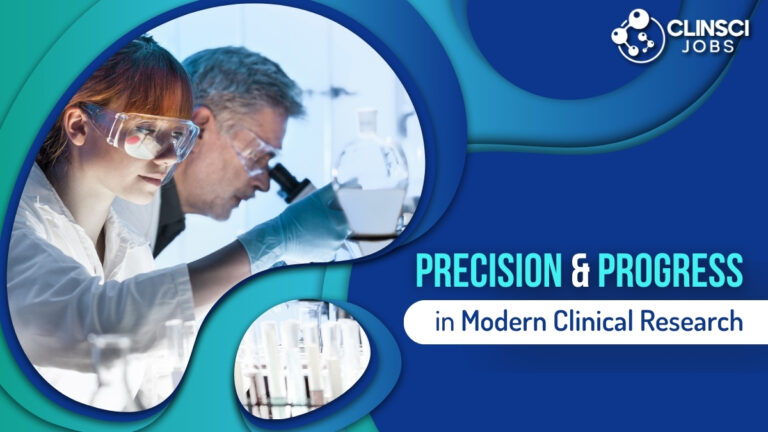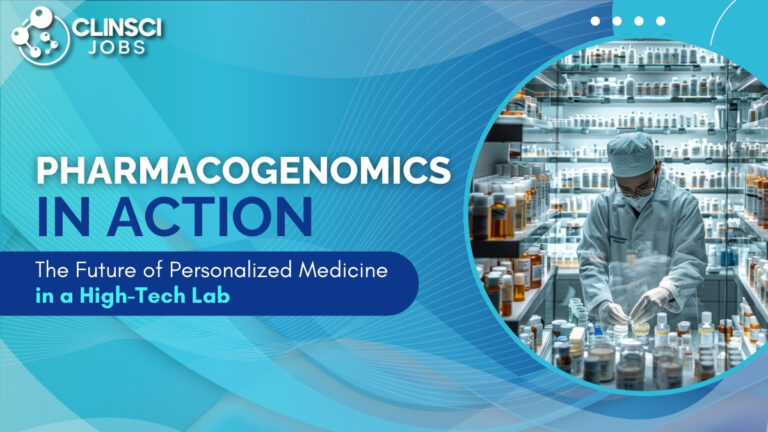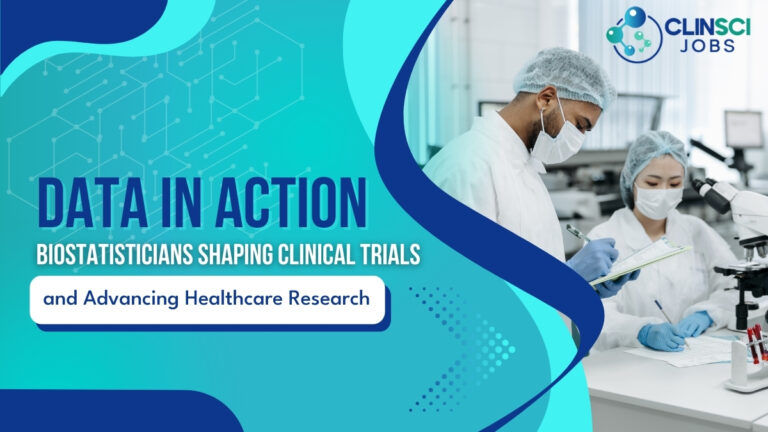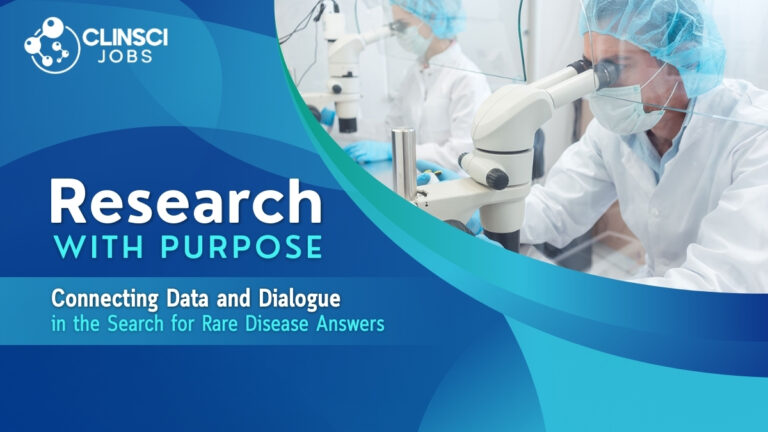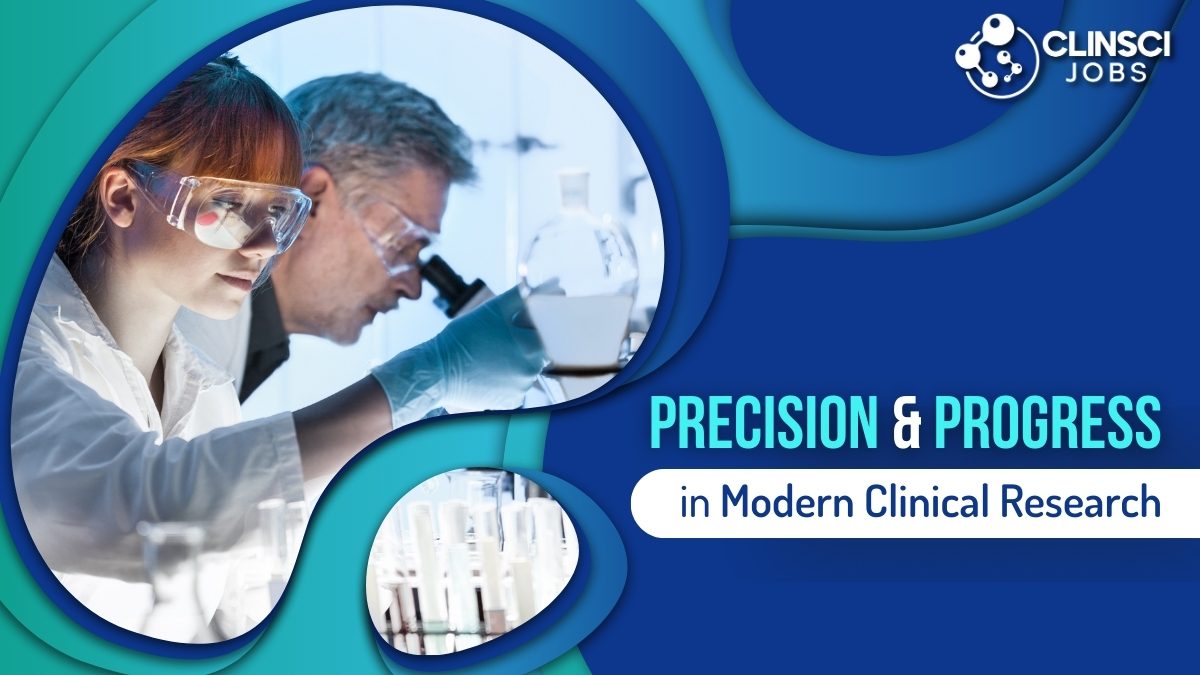Table of contents ▸
Why patient-centered research will be the future of clinical science
clinical science: The Health Care Scenario is in a sea of change. From clinical science, we have today reached an era where patient-centered research is not only promoted but also essential. The concept of patient-centered research includes bringing the patient’s viewpoint into consideration during the development, planning, and conduct of clinical studies and trials. This trend has gained popularity slowly, and for very good reasons: it ultimately shapes the future of clinical science along lines that focus on the needs and outcomes of the patients. But what is patient-centered research, and why is it so pivotal in the health sector?
The Trend Toward Patient-Centered Clinical Research
The paradigm shift to develop studies based on a careful study of patient needs, experience, and preferences from where such results can be meaningfully applied and used emerges into existence through patient-centered clinical research. Unlike traditional research, which puts scientific objects at the center and pushes the concerns of patients to the periphery, patient-centered research brings the patient into the process and gives him or her a chance to shape questions, designs, and meanings from the very beginning. A good number of drivers determine factors like advances in healthcare technology, changes in regulations, and recognition of the diversity of patient needs, which increase this research’s inclusivity and relevance to real healthcare situations.
What is Patient-Centered Clinical Research?

In simpler words, it means patient-centered research focuses on experiences and expectations a patient can derive from a medical treatment or intervention. It was always clinical research that didn’t care about the living situations of the patients to be involved in the said study. In any classical trial, researchers may always focus on clinical science outcomes regardless of the specific needs and preferences of a set of patients involved. Patient-centered research looks to change this panorama.
It points out that patients must be integrated at each possible point in the research process, ranging from developing the research question to trial design and even analysis of results. The studies must be such as to be clinically significant with the findings reflecting not just the practical and emotional demands of the people that are to be treated. Outcomes are more relevant to real-life situations by concentrating on how patients feel about treatments and including their input in the research design.
Factors Driving the Shift
There are several reasons justifying why there is a new tide in the direction of patient-centered research. It is perhaps, more important than that, though, just recognition that findings from the research are most effective once they relate to those things that patients consider most important. More and more, healthcare professionals have come to realize that getting patients involved would make the research relevant and applicable to clinical science findings.
The change has been possible also by the advancement in health technology. The use of digital tools, mobile applications, and portability devices, it makes it possible for patients to share information in real-time and makes the process easy to observe research in the lives of these patients and see how these treatments are working for them. This would give patients more power in health control, and a better work-related participation to research.
Regulatory bodies have also begun to take a push in this direction. For example, the FDA in the U.S. has been releasing initiatives such as the Patient-Focused Drug Development (PFDD) program. This has been under the focus of appropriate understanding of the thought of patient-centricity and further ensuring that it was incorporated in the clinical trials.
Moreover, diversified patient involvement also becomes a matter of great significance. For a long period of time, most of the clinical trials do not include diversified populations of patients. Thus, information was little to unavailable for several demographical groups of the population. Currently, studies are becoming more and more encouraged towards involving all the aspects of real life into the methodology to make them diversified as well as valid.
How Patient-Centered Research is Changing the Face of Clinical Science
Benefits to Healthcare Providers and Researchers

Perhaps one of the greatest positive impacts of patient-centered research is to the benefit both of the providers and the researchers themselves. If, indeed, patients are given a role, then real concerns from the patients being treated will likely be part of what the studies resolve, thereby making the entire research meaningful and impactful in real life. Such helps the providers make more educated decisions while treating patients as treatments prescribed would more likely accommodate patient preferences and lifestyles.
It simply means more relevant data for researchers when the patients’ input helps to decide what research goals have to be dealt with. Such studies have a higher likelihood of focusing on outcomes that are relevant in the real world. Therefore, the data obtained is richer and much more applicable, and as a result, research findings turn out to be more applicable in the clinical science setting. This, in turn, means wasting fewer resources on inefficient treatments or interventions that the patients are unlikely to adhere to.
This also includes collaboration in research with the patient-centered approach that would strengthen the bond between healthcare providers and the researcher. Therefore, patients’ involvement and trust are the two main elements that could make clinical trials successful, making healthcare practices more efficient to be enhanced.
Better Patient Outcomes and Health Care Productivity
Indeed, the highest impact of patient-centered research can be seen in patient outcomes. Once the needs of the patients are focused on doing the research, the treatments themselves also become more particularized and effective. This can result in better adherence to a specified treatment plan and, consequently, improved patient satisfaction rates. Those are very necessary elements for having a successful healthcare outcome.

For example, strategies have been developed for more personalized treatment in cancer patients. They provide treatment anchored on the patient’s quality of life while receiving treatment. The other side is limited while one’s effectiveness is maximized, and therefore, a better patient experience coupled with the outcome would result. This would thus depict patient-centered research for treatment plans flexible enough to fit any patient’s ordinary and everyday in chronic disease management. It also enhances long-term compliance and success rates.
More importantly, patient-centered research activities often result in more efficiency in healthcare delivery. The findings of the research are more likely to be useful and translated into the clinical science setting when research is constructed around patient needs.
Hence, these values will help healthcare providers to make far better decisions. Consequently, patients shall receive treatments that are quicker and more efficient. Some of the direct achievements brought about by patient-centered research into the healthcare systems are fewer hospital readmissions, fewer adverse events, and earlier recovery.
Conclusion
In total, it is assumed that the innovations of clinical science depend directly on future patient-centered research and seem to shift more attention to the patient rather than the researcher. As the patient shifts each step of the research from the researcher to the individual, the field of clinical science will start moving further toward more inclusive, effective, and personalized care. This will also allow the health systems to reduce their inefficiency and become responsive. With this movement underway, patient-centered problem-based research is going to be at the leading end and play a significant role in defining the future trends of clinical science and service provision.
Keep an eye out for daily posts here and our website for the latest clinical science job opportunities. Learn more about how the approach used in patient-centered research is helping to revolutionize healthcare.
Follow us on Social Media: LinkedIn | Facebook | Twitter | Instagram


